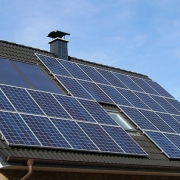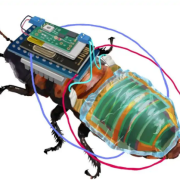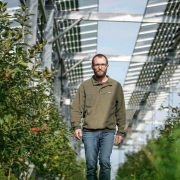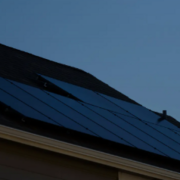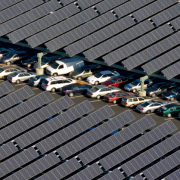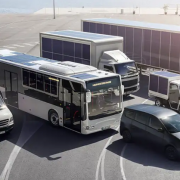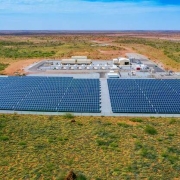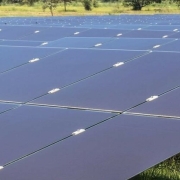This week’s record-breaking heat wave stressed California’s electric grid but, once again, distributed customer-sited batteries, charged by solar panels, helped keep the lights on.
A new analysis by the California Solar and Storage Association (CALSSA) shows that California had more than 80,000 customer-sited batteries connected to the electric grid capable of providing 900 MW of solar power.
While not all the batteries were set to discharge during the peak hours of 4 p.m. – 9 p.m. on September 6, an estimated 76% were, which as a fleet, were capable of providing up to 684 MW of power at any given moment. CALSSA estimates that 50% of these batteries’ aggregate power was put into use during peak hours, providing approximately 340 MW of power. To put this into perspective, 340 MW is more than a mid-sized power plant.
Click here to read the full article
Source: Solar Power World
—
If you have any questions or thoughts about the topic, feel free to contact us here or leave a comment below.

